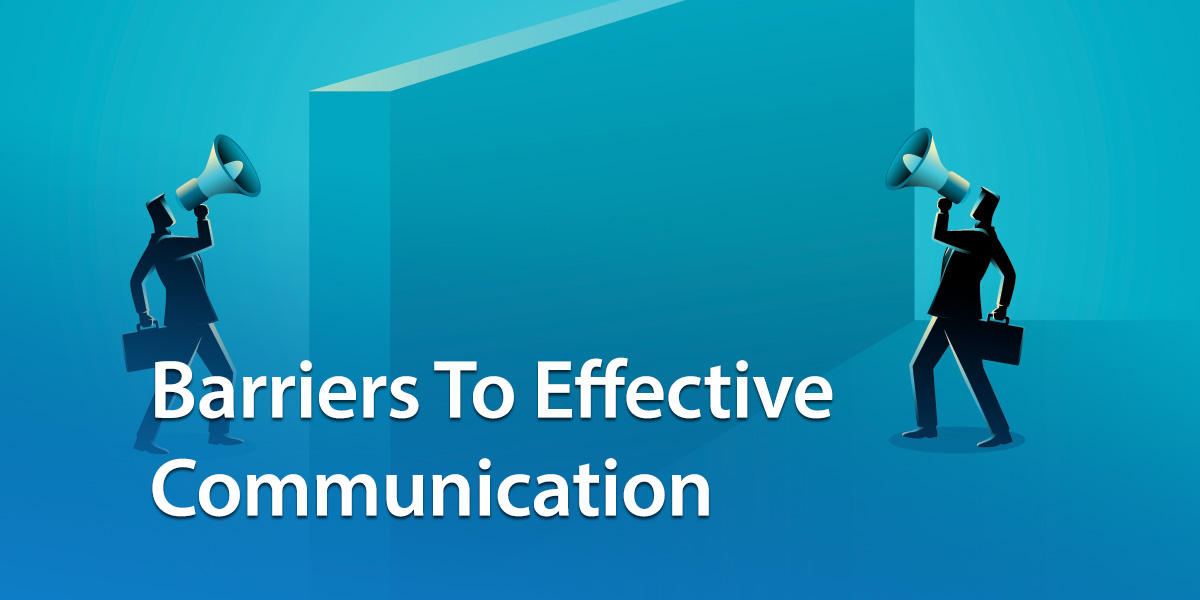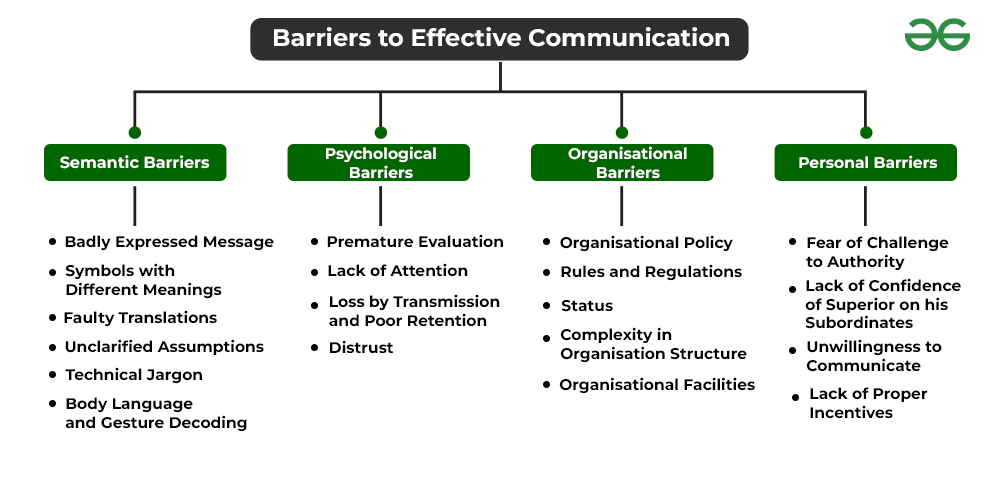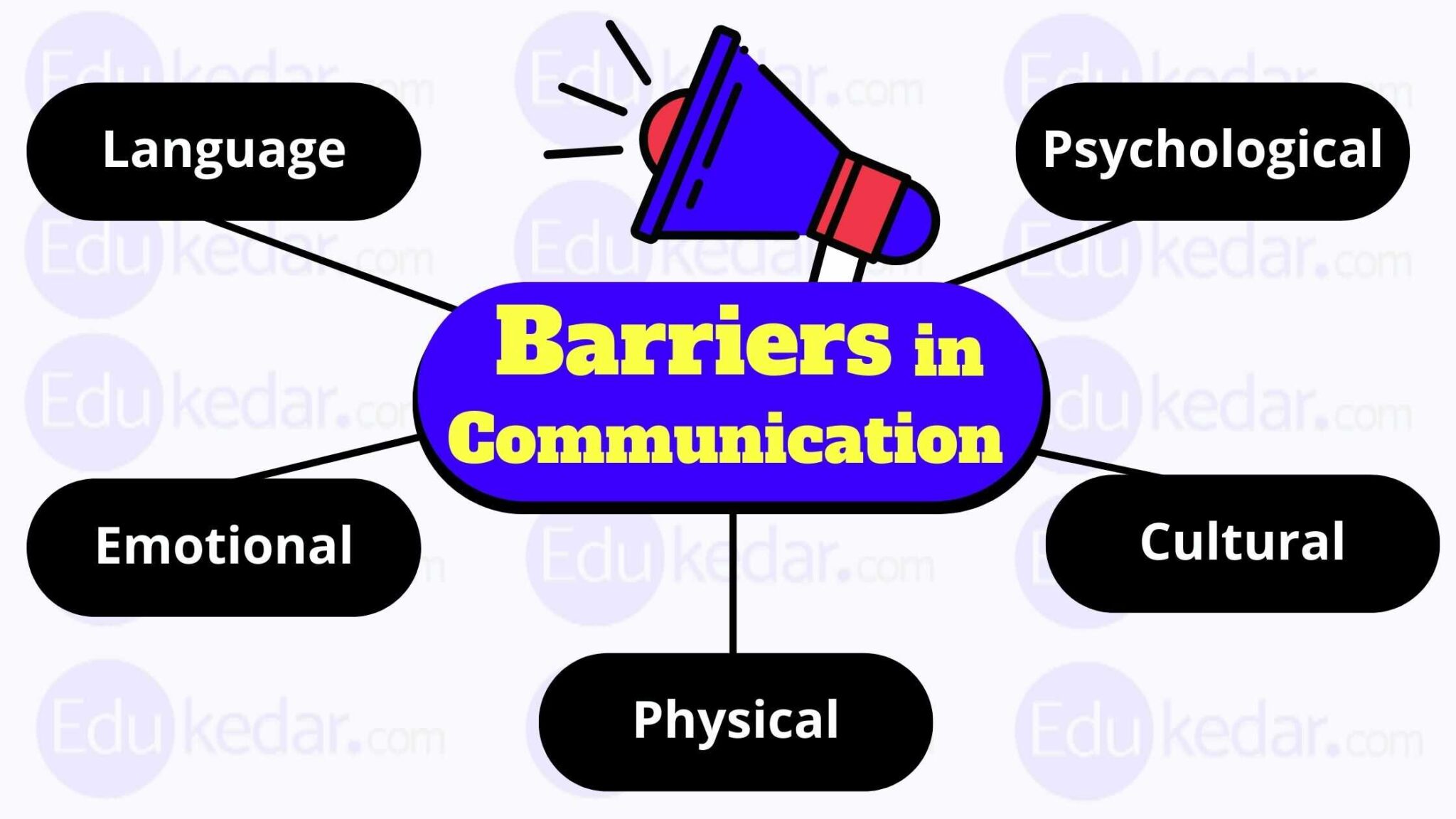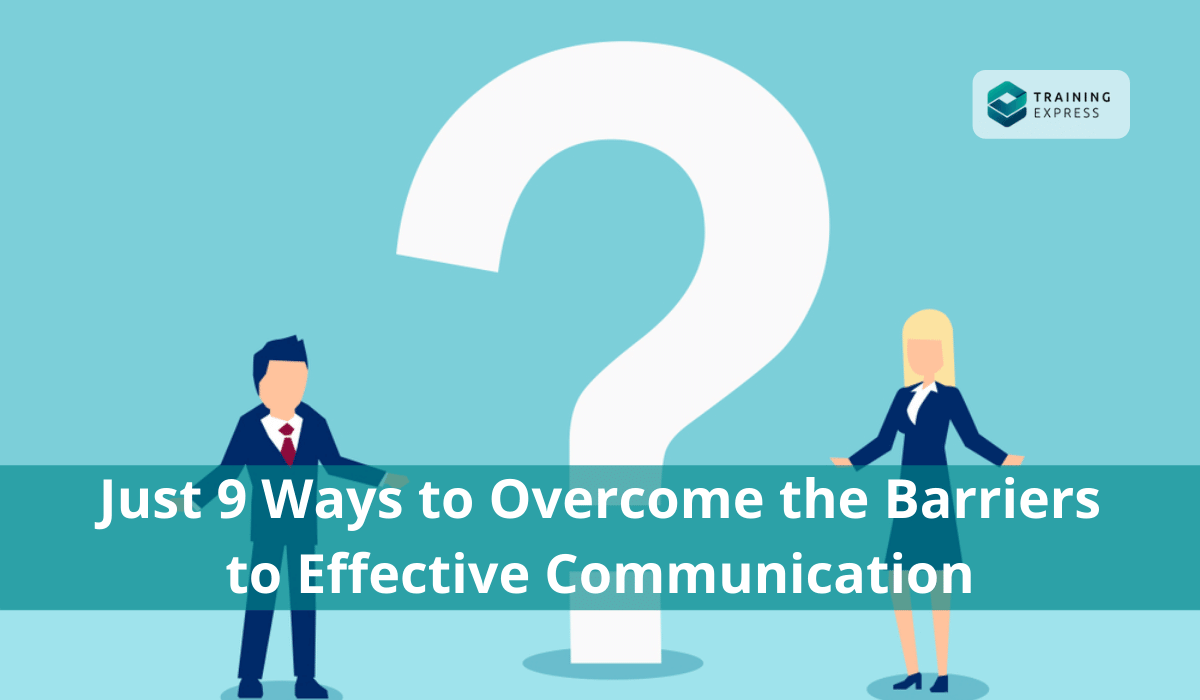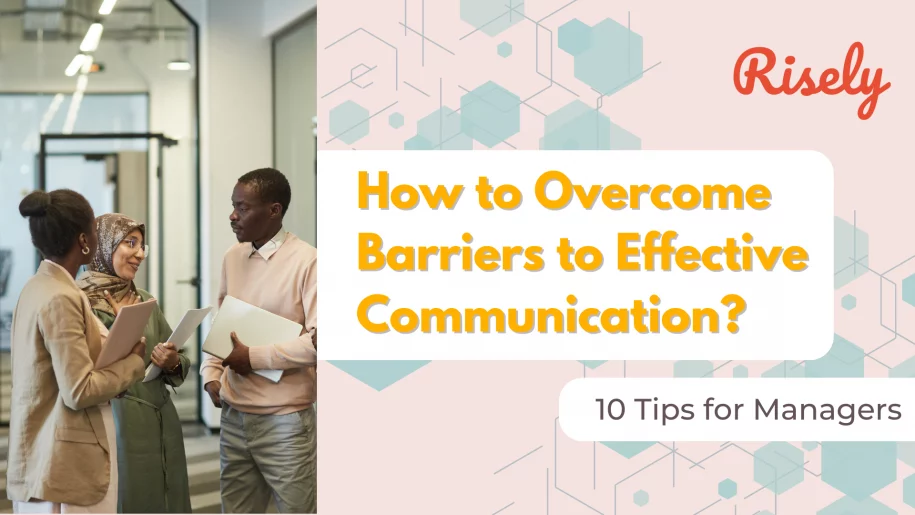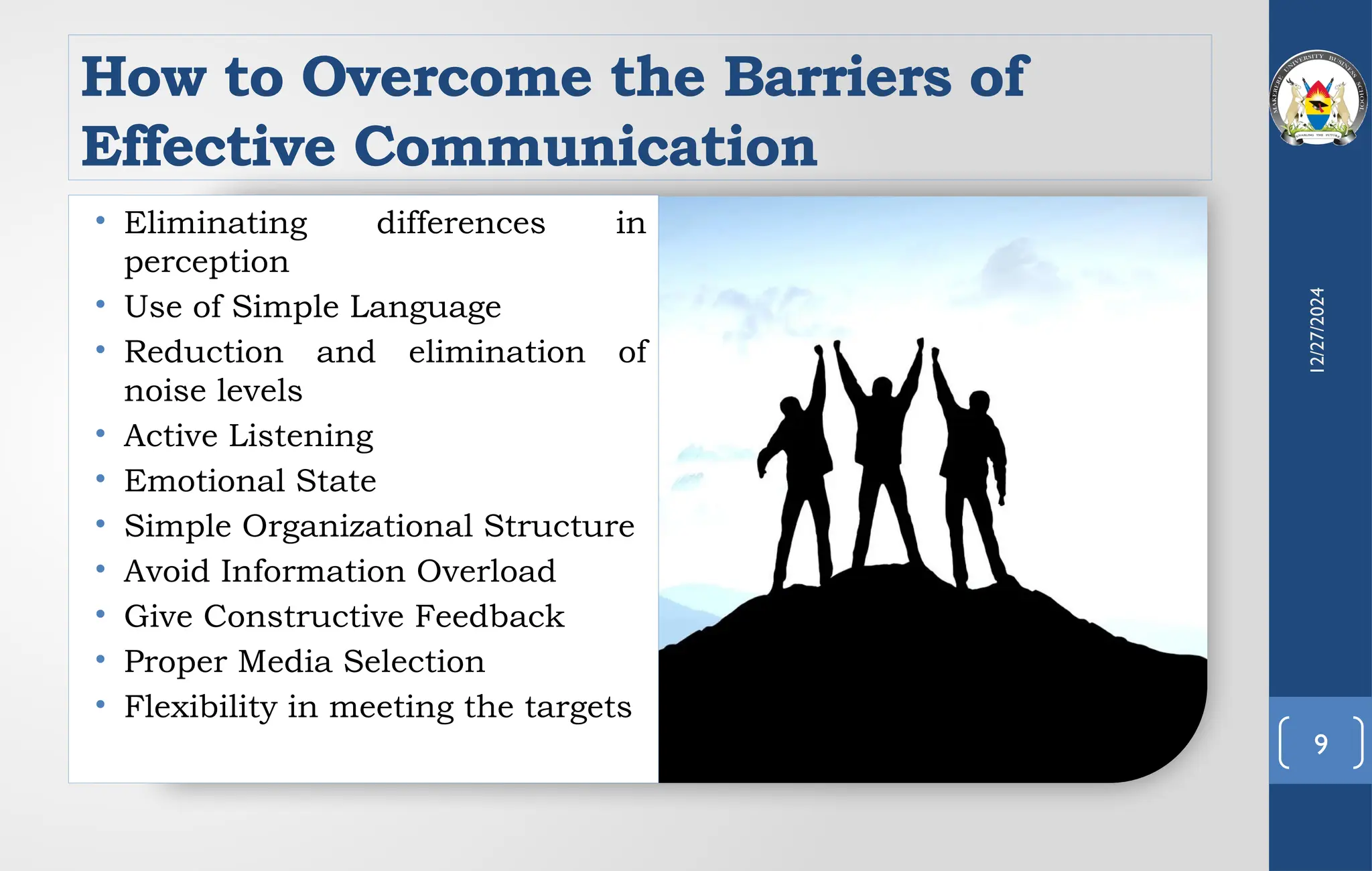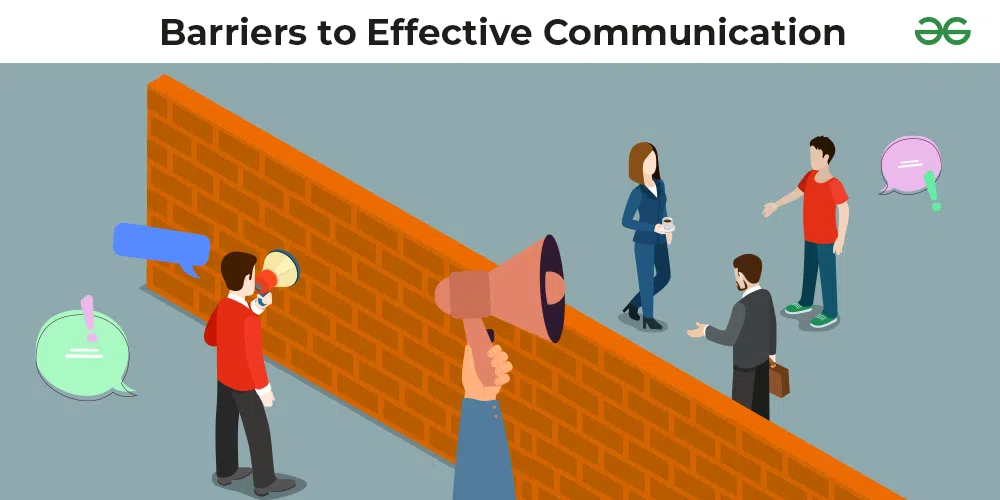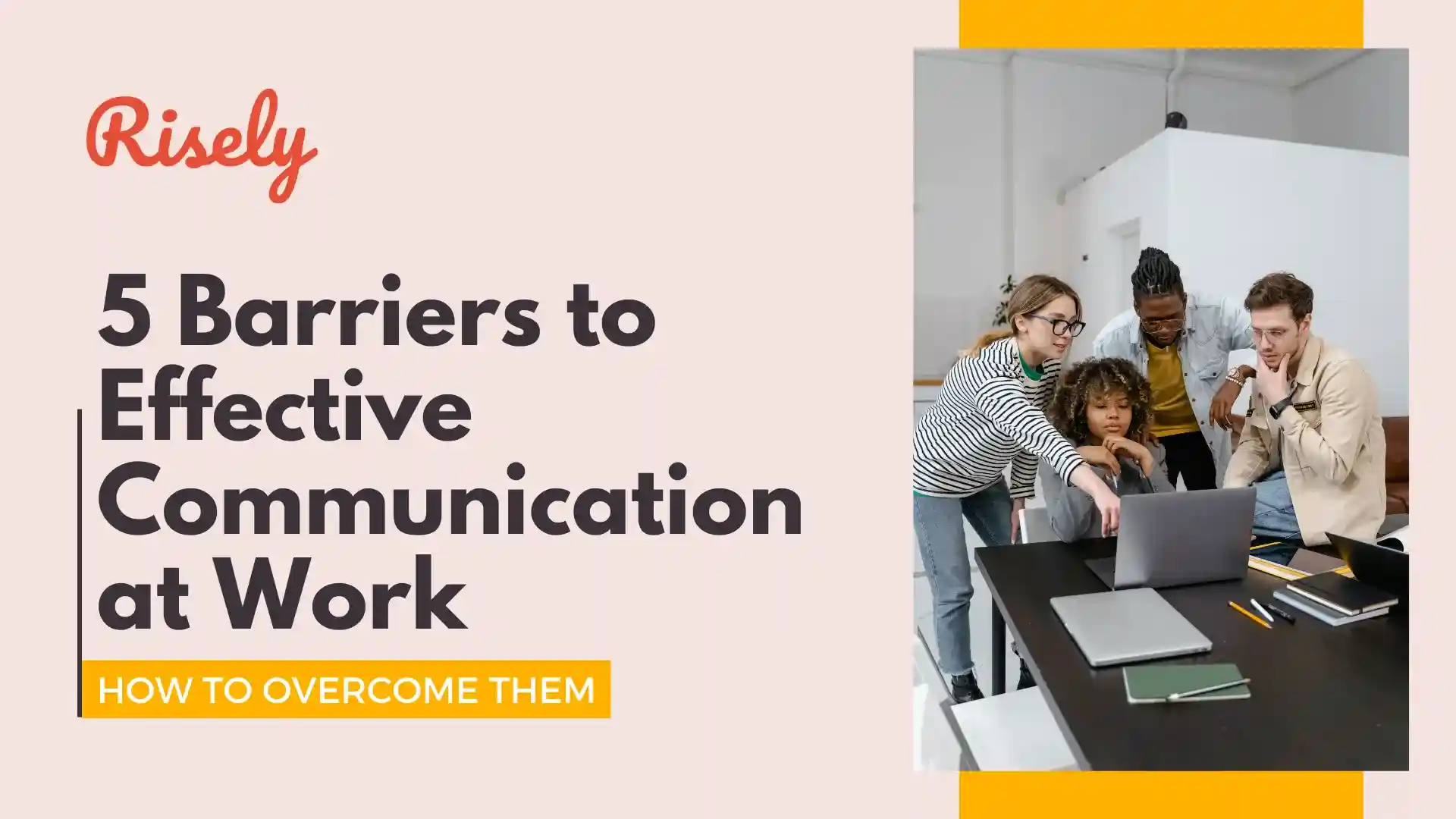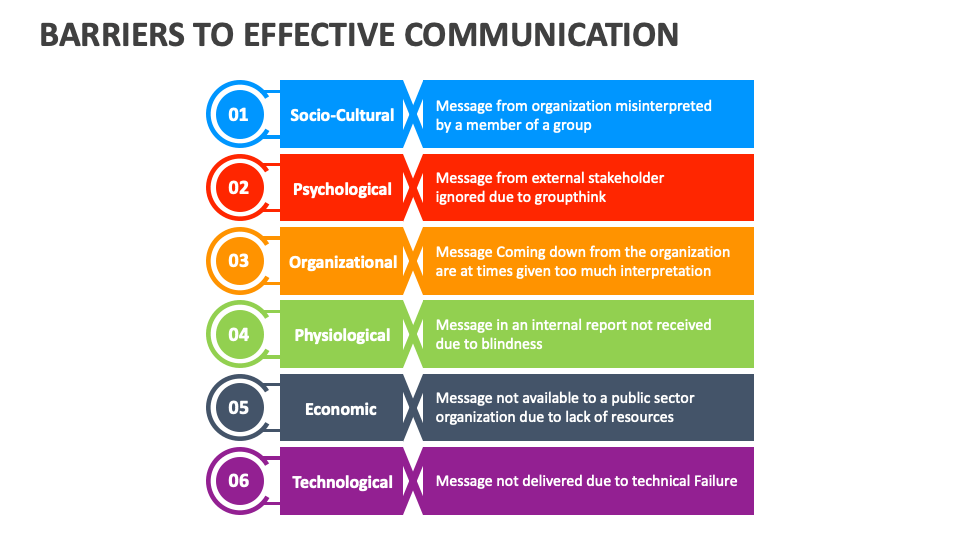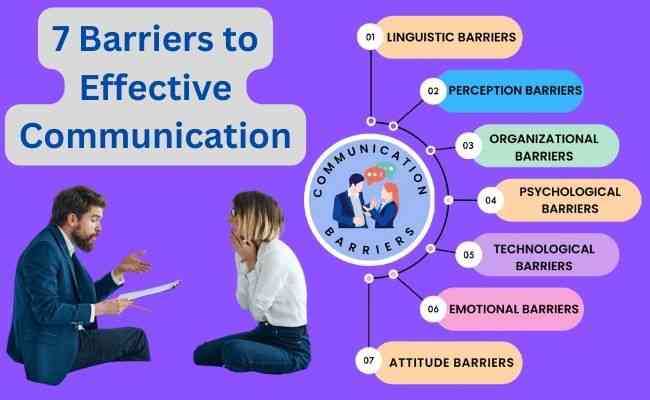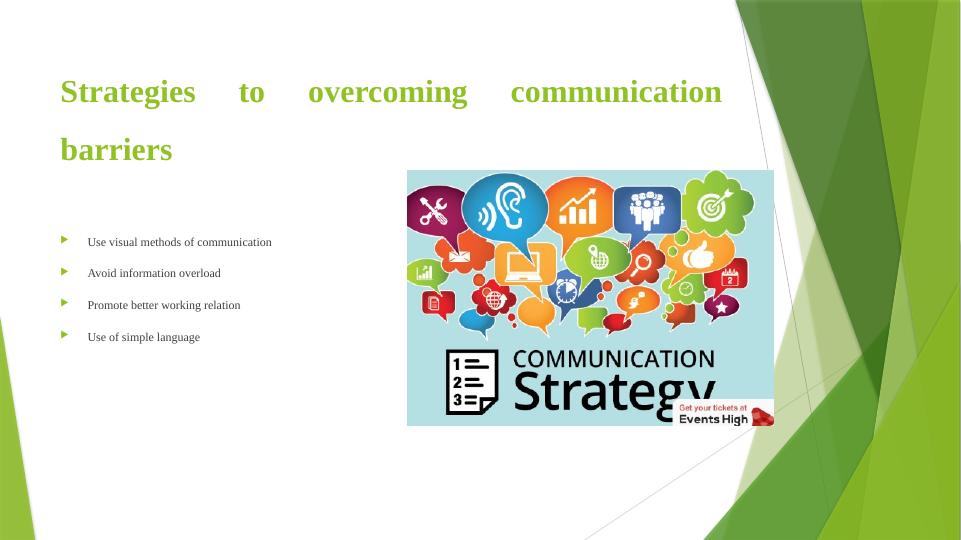Effective Communication Barriers And Strategies
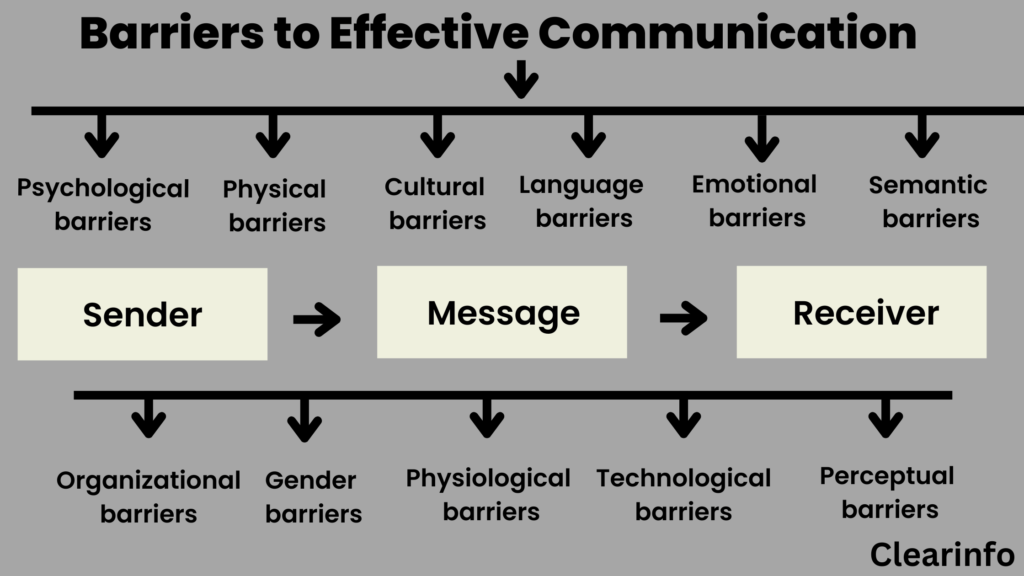
In today's hyper-connected world, the irony is that effective communication often feels elusive. Misunderstandings plague personal relationships, hinder team productivity in workplaces, and even fuel international conflicts. The cost of failed communication is steep, ranging from broken trust and financial losses to widespread societal unrest.
This article delves into the significant barriers hindering effective communication and explores evidence-based strategies for overcoming them. It examines both individual and systemic obstacles, drawing on research and expert insights to provide a comprehensive understanding of this critical issue. By identifying these barriers and offering practical solutions, the aim is to empower individuals and organizations to foster clearer, more meaningful communication.
Barriers to Effective Communication
Numerous factors can impede effective communication. These can be broadly categorized into physical, psychological, linguistic, and organizational barriers.
Physical Barriers
Physical barriers are the most obvious and often easiest to address. Noise, distance, and technological malfunctions all fall into this category.
Poor acoustics in a meeting room can make it difficult to hear and understand speakers. Unreliable internet connections can disrupt virtual meetings and delay important exchanges. These seemingly simple obstacles can quickly derail communication efforts.
Psychological Barriers
Psychological barriers are rooted in our minds and emotions, making them more complex. Prejudice, stereotyping, and lack of attention are significant contributors.
Individuals often filter information through their own biases, leading to misinterpretations. Emotional states, such as anger or fear, can cloud judgment and hinder the ability to listen objectively. A study by the Communication Research Institute showed that individuals experiencing high levels of stress were significantly less likely to accurately recall details from conversations.
Linguistic Barriers
Language itself can become a significant barrier, particularly in diverse settings. Differences in language proficiency, jargon, and cultural nuances can all lead to misunderstandings.
Even within the same language, variations in dialects and accents can pose challenges. The use of overly technical jargon can exclude those who are not familiar with the terminology. Clear and concise language is therefore essential for effective communication.
Organizational Barriers
Organizational structures and policies can also hinder communication. A rigid hierarchical structure can discourage open dialogue between employees and management.
Lack of clear communication channels and information silos can prevent important information from reaching the right people. According to a Gallup poll, only 41% of employees strongly agree that they know what their company stands for and what makes it different from its competitors, indicating a significant gap in internal communication.
Strategies for Effective Communication
Overcoming these barriers requires a multifaceted approach. Focusing on active listening, clear messaging, and empathetic understanding are critical.
Active Listening
Active listening involves paying close attention to the speaker, both verbally and nonverbally. It requires suspending judgment, asking clarifying questions, and providing feedback to ensure understanding.
Practicing empathy, by trying to understand the speaker's perspective, can greatly enhance the listening process. Studies have shown that active listeners build stronger relationships and foster greater trust.
Clear Messaging
Clear and concise messaging is crucial for avoiding misunderstandings. It involves using simple language, avoiding jargon, and organizing information logically.
Tailoring the message to the audience is also essential. What resonates with one group may not resonate with another. Professor Deborah Tannen, in her work on communication styles, highlights the importance of being aware of gender and cultural differences in communication patterns.
Empathy and Cultural Sensitivity
Empathy involves understanding and sharing the feelings of another person. Cultural sensitivity involves being aware of and respecting cultural differences.
In today's globalized world, cultural sensitivity is paramount. Recognizing and adapting to different communication styles can prevent misunderstandings and foster stronger relationships. Training programs focused on cultural awareness can be invaluable for organizations operating in diverse environments.
Utilizing Technology Effectively
While technology can be a barrier, it can also be a powerful tool for enhancing communication. Choosing the right communication channel for the message is essential.
Video conferencing can facilitate face-to-face interaction, while email can be used for less urgent communication. Utilizing project management software can improve collaboration and information sharing within teams. The key is to use technology intentionally and strategically.
Looking Ahead
Effective communication is not merely a skill; it's a fundamental requirement for success in all aspects of life. As technology continues to evolve and the world becomes increasingly interconnected, the ability to communicate clearly and effectively will become even more crucial.
Organizations and individuals must invest in training and development to enhance their communication skills. By addressing the barriers to effective communication and implementing evidence-based strategies, we can foster clearer understanding, stronger relationships, and ultimately, a more connected world.
